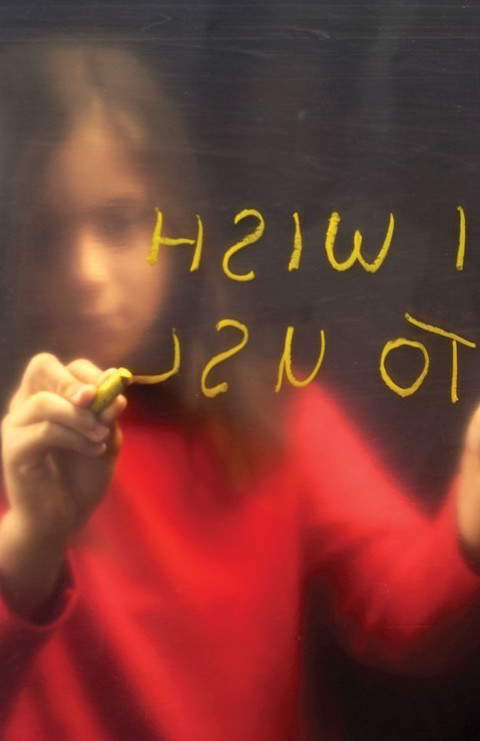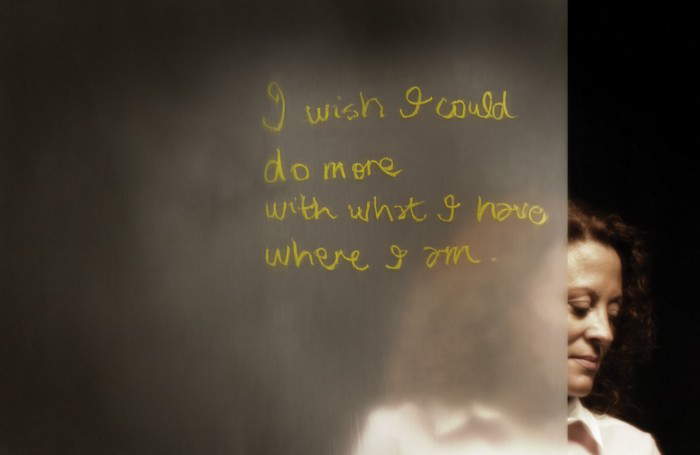In May, while doing research for my webinar Museum Lives in Post-Pandemicforthe Network of European Museums Organizations, I had the pleasure of a conversation among colleagues about the future of museums. At one point I couldn’t help but be inspired by a good quote from Winston Churchill that my friend shared on Skype: “don’t let a good crisis go to waste.”

|
Thinking about all that museums have gone through so far (this is a crisis of unprecedented proportions), it is hard to find positives just waiting for the right opportunity. As this moment of change flows (and an unknown reality is coming to light), there is hope that museums can become more aware of the potential they have to reinvent themselves in new and creative ways. I live in the hope that when we look back in a couple of years, armed with the benefit of hindsight, we will see museums that have succeeded in experiencing the extraordinary opportunity to address very significant change. And most of those ideas are already here, published in books and presented at conferences. They might have been branded as radical or utopian before Covid-19, but since the unthinkable is now the new reality, the labels of “utopia” and “dream” are finally disappearing (and in a relatively short period of time) to make way for the idea to gain more relevance and importance.
The opportunities of this “good” crisis may not be so easily perceived or understood at this time. But perhaps a few simple questions could help us see the light while we are in the midst of a fog, still inspired by a past that no longer exists, and that may not be so easy to file away if we have not acted from the first moment. I have therefore chosen to share three simple questions that I consider fundamental at this time.
What do we stand for?
This is the fundamental question at this time. By reflecting on their own existence, and identifying early on the reasons why they should continue to exist, museums could identify what they really stand for today as the recent past slowly disappears. This could be the starting point for sowing the seeds of meaningful change and identifying the changes that could sustain it. Museums should not be afraid to ask themselves, from the outset, whether they should exist. I am convinced, without any doubt, that they must exist-but if they must exist, what should they stand for?
Who are we addressing?
The second question is equally relevant. It may be the case that your museum needs to think of itself as more than an exclusive place, divorced from its community, its needs and ambitions. Getting a good understanding of what your museum’s audiences and communities are could be the beginning of an inner quest to become significantly more relevant, and perhaps even to reach a wider audience. Understanding what works basically means understanding who our audience is.
How should we engage them?
The third question, equally simple, is a consequence of the first two. It is all about how to engage the audience and how to enrich them, how to reach them, how to welcome them, how to create meaningful discussions. And this is precisely where the current impasse comes in, with museums relying mostly on the virtual, since the physical is at a standstill. There is no doubt that the future of the museum must rely much more on online, but at this time it is critical to choose the tools in your toolbox carefully. Digital may have become essential, but traditional forms of audience engagement can continue. There are stories to be told, ideas to be explored, languages to be learned, information to be provided--that go far beyond what you may have always considered the right and only way forward.

|
Three lemonades, from three sour lemons
There is a proverb that says “when life gives you lemons, you make lemonades.” Most museums might be bitter, and perhaps even frustrated by the endless restrictions that have impacted their work from all angles, whether financial or related to ways of reaching the public, not to mention visitation. But there is always a silver lining, and even if life only gives you lemons, museums have the strength and potential to seize the opportunity and... make lemonade!
Lemonade 1. Fewer visitors, more personalized visits.
The number of museum visitors will be limited. In addition, museum visitors will be more aware of hygiene regulations, coming out of weeks and weeks of restricted access, if not confined situations, and at the same time it may take weeks, if not months, to reach even a small fraction of the number of visitors that museums were able to accommodate only a few weeks ago. However, this is a unique opportunity to launch customized tours that could be more specific and more engaging than ever before. It can be a golden opportunity to try new experiences and to better understand visitors’ perceptions. Asking audiences to provide ratings on personalized experiences could also help your museum re-establish itself and cope with the “new normal.”
Lemonade 2. No interactivity, more interaction
There has been much discussion on social about the health risks that mobile devices and interactive touch-screens can potentially pose to post-Covid19 museum audiences. Touching, an action that used to be taken for granted and basic and was considered a natural right since it is one of the five senses, is now something to be done very carefully. And this is another golden opportunity to test transmedia thinking and to understand how different forms of engagement across a wide choice of platforms can reach post-Covid19 audiences. The museum visit could build on a bridge between the physical and the virtual by providing tailored content that could be accessed through personalized nominal tickets.
Lemonade 3. Strict medical prescriptions, more engagement
Reports from China and from museums that are or have remained open let us know that medical-health prescriptions include more than just the requirement to wear a mask. Hand gels, medical certificates and other related devices may be required. All of this could make visiting the museum much more uncomfortable and could result in the public being disincentivized to return. However, I see the masks as blank canvases to be painted according to our sensibilities and used for inspiration. I see them as objects to personalize by choosing your favorite work from your favorite museum. Hand gels could be potential story-telling experiences inspired by or related to works that are part of your collection, experiences that can shape the identity of your museum and any other stories you can connect to it.

|
Last but not least, the upside and the quest to make lemonade from lemons reminds me of a fundamental question that educator, media theorist and sociologist Neil Postman raised some time ago: “As I see it, the museum answers a fundamental question: what does it mean to be human?”
The images in this article are by internationally renowned Maltese artist Vince Briffa and are part of the Nixtieq (“I wish” in Maltese) project that include works in a street installation format. Vince is also a lecturer at the University of Malta, leading the Department of Digital Arts in the Faculty of Media and Humanities.
Warning: the translation into English of the original Italian article was created using automatic tools. We undertake to review all articles, but we do not guarantee the total absence of inaccuracies in the translation due to the program. You can find the original by clicking on the ITA button. If you find any mistake,please contact us.